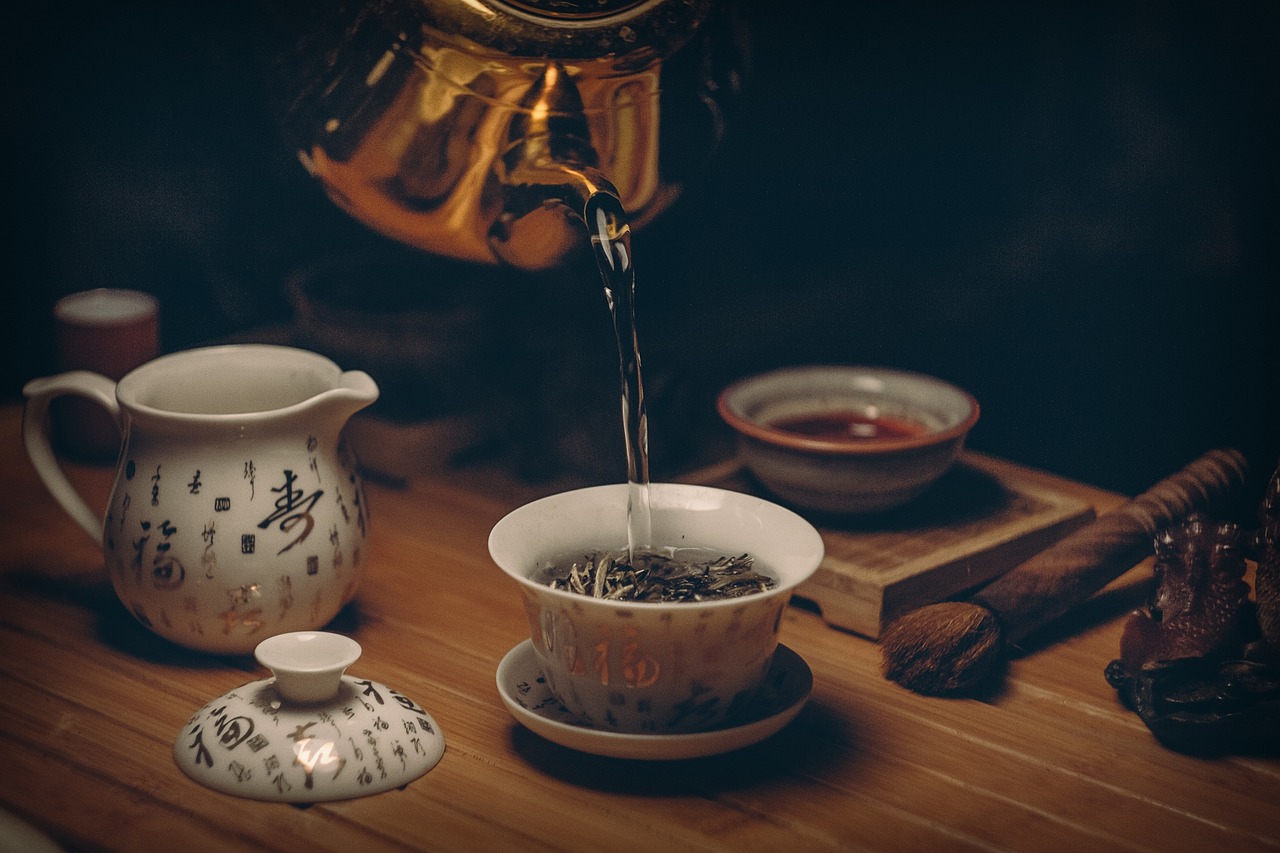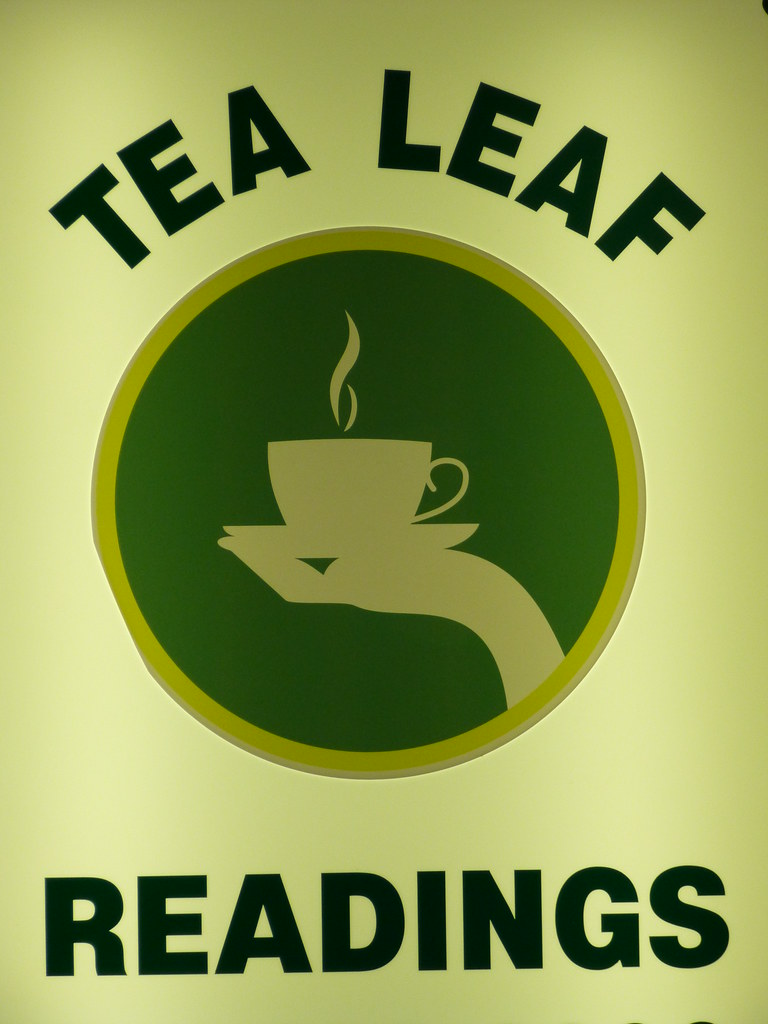Tea Leaf Reading Insights: Unlocking Secrets

Introduction
Tea leaf reading, also known as tasseography or teomancy, is an age-old divination practice that offers a glimpse into the hidden facets of one’s life through the interpretation of tea leaves. This mystical art has deep roots in various cultures around the world, each contributing its unique symbolism and methodology. In this extensive guide, we will delve into the intricate world of tea leaf reading, exploring its rich history, the tools of the trade, step-by-step instructions for conducting a reading, and the profound insights it can provide.
The History of Tea Leaf Reading
A Global Tapestry of Divination
Tea leaf reading is a global phenomenon, with its origins traced back to diverse cultures such as ancient China, Greece, and the Middle East. Each culture has left its imprint on this mystical practice, infusing it with distinct interpretations and cultural significance.
Ancient Chinese Beginnings
Tea leaf reading’s origins in ancient China can be traced to the Tang Dynasty (618-907 CE). During this time, tea consumption was on the rise, and the practice emerged as a way to connect with nature and unlock hidden knowledge.
Middle Eastern Mysticism
In Middle Eastern cultures, particularly among the Bedouins, tea leaf reading was intertwined with other forms of divination, including palmistry and astrology. It served as a conduit to receive messages from the spirit world.
European Adoption and Interpretation
Tea leaf reading gained popularity in Europe, particularly in England and Ireland, during the 17th century. Notably, even the British Royal Family, including Queen Victoria, sought the guidance of tea leaf readers. European interpretations often merged traditional symbolism with newfound fascination.
Tools of the Trade
A Special Cup and Saucer
The foundation of tea leaf reading lies in the unique cup and saucer specifically designed to facilitate the interpretation process. These vessels often feature intricate patterns on the interior.
Loose Tea Leaves
High-quality loose tea leaves are paramount for a successful reading. The type of tea used can influence the nuances of the reading, with black tea being a popular choice.
Hot Water
Boiling water is poured over the tea leaves, allowing them to steep briefly before the liquid is consumed.

Step-by-Step Instructions for a Tea Leaf Reading
Preparation
- Concentration: The querent (the person seeking a reading) is typically asked to focus on their question or intention while holding the cup.
- Brewing: Hot water is poured into the cup to brew the tea.
Sipping and Consumption
- Drinking: The querent drinks the tea, leaving a small amount at the bottom.
- Swirling: The remaining tea leaves are swirled around the cup.
- Draining: The querent inverts the cup onto the saucer, allowing the excess liquid to drain.
- Positioning: The cup is placed upside down, and the reading begins.
Interpretation
- Examination: The reader examines the patterns and symbols left by the tea leaves.
- Symbol Identification: Interpretation involves identifying symbols, shapes, and connections between leaves.
- Intuition and Knowledge: The reader uses both intuition and their knowledge of symbolism to provide insights.
Symbolism and Interpretation
Common Symbols
Animal Shapes
Animals, such as birds, fish, or insects, can hold various meanings. For instance, a bird might symbolize freedom or a forthcoming journey.
Geometric Patterns
Shapes like circles, triangles, and squares can indicate harmony, change, or stability, depending on their position and arrangement.
Letters and Numbers
The appearance of letters or numbers may suggest messages, dates, or significant information related to the querent.
Natural Elements
Elements like trees, flowers, and clouds can represent growth, beauty, or emotional states.
The Significance of Position
Location in the Cup
The position of symbols within the cup can impact their meaning. Symbols near the rim might refer to the present, while those at the bottom could relate to the future.
Lines and Paths
The paths created by tea leaves can indicate journeys, obstacles, or opportunities.
Interpretation Styles
Intuitive Reading
Many tea leaf readers rely on intuition to interpret the symbols and patterns, offering a personalized and deeply resonant reading.
Traditional Symbolism
Some practitioners adhere to traditional symbolism, relying on established interpretations passed down through generations.

Cultural Significance
Asian Perspectives
Zen and Harmony
In East Asian cultures, tea leaf reading is often associated with Zen Buddhism, promoting inner peace and harmony.
Connection to Nature
Tea leaf reading reflects the profound connection between humans and the natural world, as the leaves themselves are a product of nature.
European Traditions
Victorian Elegance
In Victorian England, tea leaf reading was an elegant social pastime that emphasized the importance of fine china and etiquette.
Spiritual Exploration
For many Europeans, tea leaf reading provided an avenue for spiritual exploration and connection to the mystical.
Conclusion
Tea leaf reading is a practice steeped in history, symbolism, and cultural significance. Its enduring allure transcends skepticism, inviting individuals to explore the mysteries of their lives through the patterns found at the bottom of a tea cup. Whether viewed as a spiritual journey, a cultural tradition, or a source of personal insight, tea leaf reading continues to offer profound and enchanting experiences. Embrace this ancient art, and allow the leaves to tell you the tales of your destiny, guiding you towards a deeper understanding of your path in life.
For more insights into divination and mysticism, explore our related articles:
- Crystal Guide: Discover the world of crystals and their mystical properties.
- Best Incense Review: Explore the finest incense options for your spiritual practices.
- Unlock the Potential of Moon Reading: Uncover the secrets of moon reading and discover your passions.
- Astral Projection Techniques: Dive into the world of astral projection for self-knowledge and healing.
And don’t forget to explore our comprehensive reviews on spiritual tools and accessories, such as Amulet Necklaces, Oracle Decks, Sage Kits, and much more.
